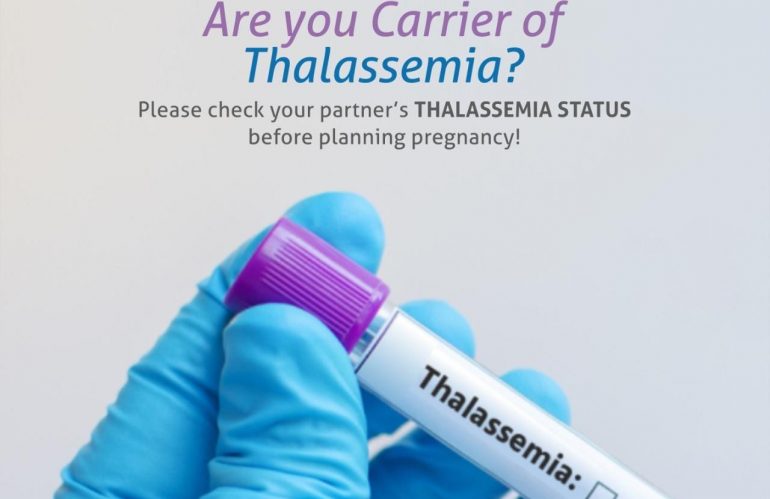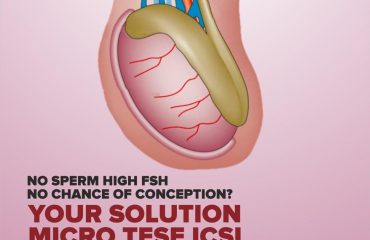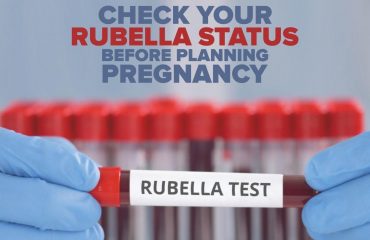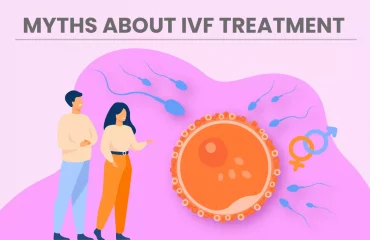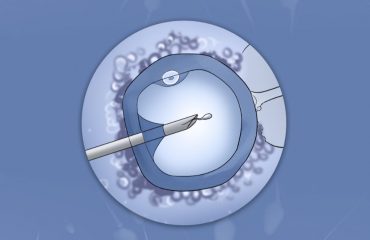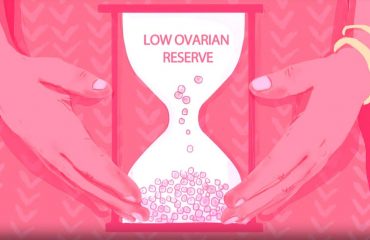Beta Thalassemia Signs & Symptoms
As a past of Thalassemia, Beta Thalassemia is an inherited blood disorder. Under this condition, the body reduced the production of haemoglobin. Haemoglobin is the iron-containing protein in red blood cells (RBCs) that carries oxygen to cells throughout the body. This condition leads to abnormal haemoglobin, causing anemia (that is not having enough RBCs in the body) and many other medical problems. In people with Beta-Thalassemia, a low level of haemoglobin leads to a lack of oxygen in many parts of the body.
There are 3 major types of beta-thalassemia, of which the symptoms can be mild or very severe. They are:
- Beta thalassemia minor(also called beta-thalassemia trait). People with the condition of beta-thalassemia minor may encounter mild anemia, but usually do not require any kind of medical treatment.
- Beta thalassemia intermedia.People with beta-thalassemia intermedia can have moderately severe anaemia and may require regular blood transfusions with other collateral medical treatment. The blood transfusion process ensures to delivery of the required healthy haemoglobin and RBCs to the body.
- Beta thalassemia major(also called Cooley’s anaemia). This is the most severe and life-threatening anaemia. People with beta-thalassemia major show severe symptoms and require regular blood transfusions and other immediate medical treatment.
Signs & Symptoms
People with the beta-thalassemia trait do usually show any symptoms. However, children with beta-thalassemia intermedia or major might not show any immediate symptoms at birth but are likely to develop it within the first 2 years of their lives. The first most common symptoms can be anaemia such as shortness of breath or tiredness, pale skin, increasing heartbeat, moodiness, yellow skin and eyes (jaundice), growth & developmental delay in childhood.
One of the key causes of Beta thalassemia is that the Haemoglobin is made up of two alpha proteins and two beta proteins. Any kind of gene change or mutation in the alpha proteins can lead to alpha thalassemia, while a gene change in the beta proteins can lead to beta-thalassemia. In beta-thalassemia, the gene change causes an imbalance of the haemoglobin proteins. This imbalance then leads to anaemia as the Red blood cells break down faster than normal or Fewer RBCs get produced or Less haemoglobin is made. This imbalance can also lead to various other severe medical problems in the bones, bone marrow, and other organs *including liver, heart, and other endocrine glands)
Treatment of Beta Thalassemia:
Treatment depends on what kind of beta-thalassemia the patient has. Children with the beta-thalassemia traits usually don’t need treatment. However, children and adults with beta-thalassemia major need lifelong medical care which includes regular blood transfusions about every 2-4 weeks and medicines to remove the extra iron from their bodies. The treatment can get highly complex depending upon the situation of the patient, hence it is highly advisable to visit your doctor if your children show even the slightest of any symptoms and initiate the treatment in a timely manner
Read More: What next if IVF has Failed?

